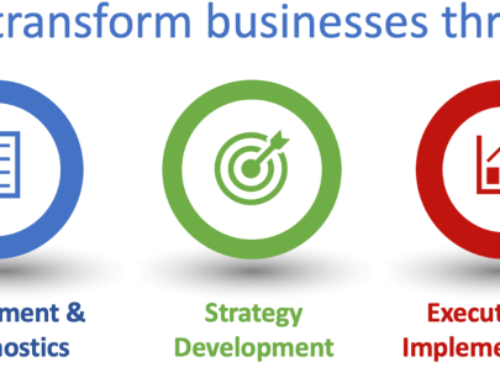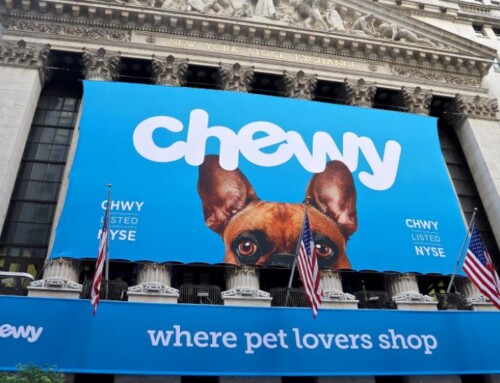TGC’s President David Ball speaks with Time Magazine.
Dave Horesh always liked the nice round prices on his company’s website: $25, $50, $100 for custom-made fabric banners and pennants in a rainbow array of felts. But by October, vendors for materials like thread, felt, ink and brass grommets had raised prices multiple times in the course of the year, turning a “slow drip” of increased costs into a troubling conundrum. So co-founder Horesh and the rest of his team at Oxford Pennant finally agreed: those nice round numbers were going to have to change. “When you get the right margins, you can absorb a 5% increase here, if the cost of thread goes up by 4%, whatever,” he says from his converted-attic office at his home a mile-and-a-half from his company’s factory in Buffalo, New York. “But when it happens across your entire supply chain, you can only resist it so long.”
For small business owners like Horesh, the pandemic has meant not only navigating supply chain challenges during record work stoppages and labor shortages, but also keeping up with raw materials price increases and economy-wide inflation. Instead of subtly upping prices and hoping consumers wouldn’t notice, however—long the industry standard for consumer goods—many brands are finding that it pays to tell their consumers what’s going on in advance, as a way to gain trust (and avoid that “one killer Instagram comment,” as Horesh phrases it.)
And when it comes to this year’s upward trend in consumer prices, the rises are likely here to stay. It’s “less transitory as time goes by,” says David Ball, president of retail consulting firm The Grayson Company. “Unfortunately, retailers and consumer packaged goods companies often approach price increases in a stealth mode,” he says. While some companies just raise prices, the trend of “shrinkflation”—keeping the price the same but giving customers less product for that cost—has also gained steam. For example, this year, a package of Hershey Chocolate Kisses may cost the same as last year, but the package weight has dropped to 10.1 oz. from 11 oz., “effectively a 9% price increase in disguise,” Ball says.
You can read the full article at Time by clicking this link.
Small Businesses Are Being Honest About Price Increases—and It's Workinghttps://t.co/HGD5llcrxI
— TIMEBusiness (@TIMEBusiness) December 16, 2021




